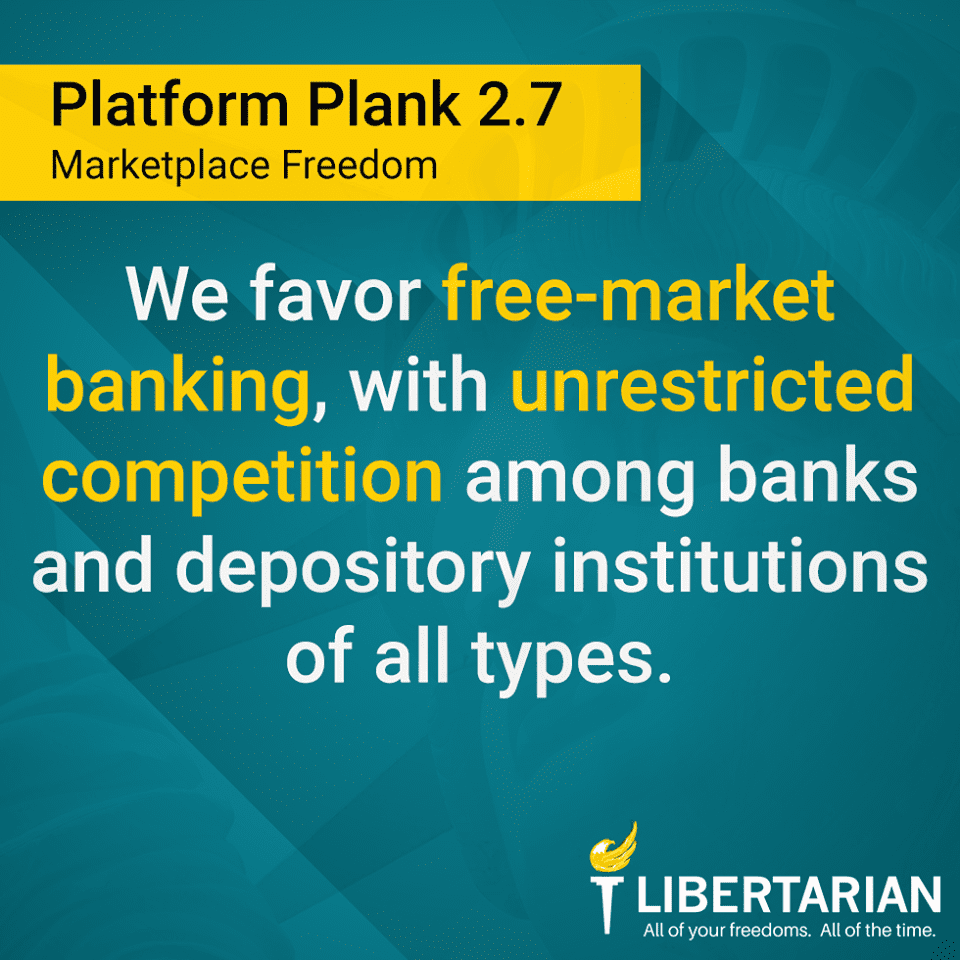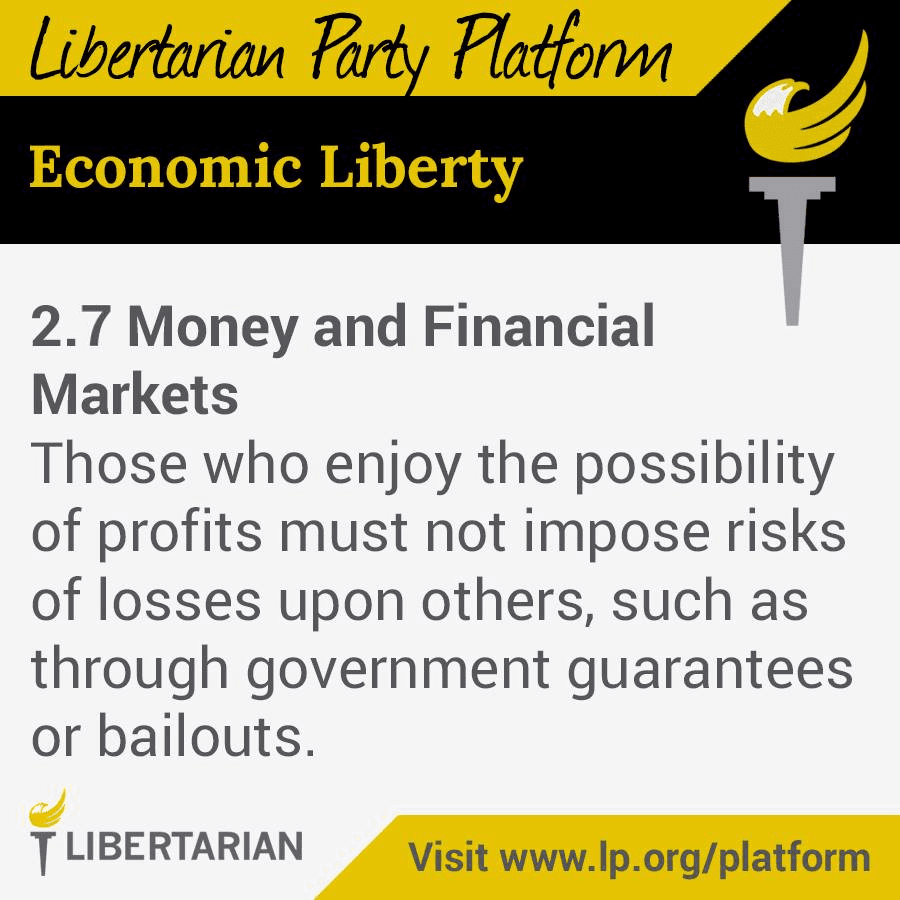The U.S. Federal Reserve released its third-quarter financial report on Dec. 13. The Fed’s own report — unaudited, of course — indicates that our country’s central bank is underwater in “fair value” market terms. Its bond portfolio is worth $66.5 billion less than what its original cost, and that shortfall is $27.4 billion higher than the Fed’s $39.1 billion in capital.
A good analogy would be a homeowner who is underwater by $66,500 on a house that cost $412,850, but who has only $27,400 in savings. A homeowner in that position would be in dire financial straits, but the Fed effectively owns a legal printing press allowing it to create the remainder of the money it owes.
Does it matter? A homeowner in that position could simply hold on to the house instead of selling, to avoid coming up with $66,500 to pay off the mortgage. Likewise, the Fed does not need to sell its portfolio of dodgy government-sponsored enterprise bonds, low-quality mortgage-backed securities, and U.S. Treasury securities. It can simply hold them until they reach maturity and realize full value — apart from those that default, of course.
The real problem is the Fed had an intended purpose for acquiring all that debt, to prevent the economy from spiraling into depression. The actual results have only continued contributing to that problem, by shoring up the banks that had made reckless loans and saving them from bankruptcy.
In 2008, the American financial system was in crisis mode because too many risky mortgage loans had been granted to people who were unable to make their house payments. Forced liquidation sales of houses drove down home prices. Debtors mailed their keys to the bank and walked away, leaving banks with an inventory of homes that were worth less than the outstanding loans. Large “systemically important” financial institutions were in grave danger of going bankrupt.
The Federal Reserve is the only institution with the legal ability to create money from nothing — if anybody else does it, it’s called counterfeiting. So, in order to save the banks that caused these problems, the Fed created trillions in new money to buy their junk debt and a bunch of U.S. Treasury bonds to fund unprecedented federal deficit spending.
Most of those newly created trillions stayed in the financial sector, inflating the stock and markets and making the wealthy even better off. The money that filtered down to Main Street did so in dangerous ways. American consumers are more indebted than ever. Auto loans, which fund rapidly depreciating assets, are at all-time highs. Record amounts of college loans, which cannot be discharged in bankruptcy, are being accumulated so that students can earn degrees that have increasingly questionable market worth. And mortgages are again being offered to people with questionable abilities to make the payments.
Corporate bond offerings are also setting records, and corporations have incurred significant debt to finance stock buybacks and buoy stock prices. Much of that debt has been issued at just barely investment grade. As the Fed continues its stated aim of raising interest rates, much of that debt will have to be refinanced at higher interest rates, which will push significant amounts of corporate debt into junk status. Many pension funds and other institutional bonds buyers are not allowed to buy junk bonds, so if a stock market correction occurs, pension and 401(k) funds will be in a world of hurt. This is a problem that the Fed itself caused by pushing interest rates well below free-market levels.
The Fed engages in two primary activities that are ultimately destructive to the economy. First, it sets interest rates, the price of borrowing money, which is arguably the most important price in a market economy. Centuries of empirical evidence demonstrate that price controls always lead to vast unintended consequences, so essentially giving czar-like control of the economy’s most important price to one person, Fed Chair Jerome Powell, is a recipe for disaster. Setting rates too low will encourage capricious consumption borrowing, and setting rates too high will stymie needed borrowing for capital investment. Market supply and demand will, by definition, do a better job of determining the price of money.
Second, the Fed enables unwise investment and spending decisions. Purchasing junk loans and bailing out “too big to fail” financial institutions encourages crony capitalism of the worst sort. Buying Treasury securities enables unprecedented government growth through deficit spending.
Both of these Fed activities create winners and losers. Banks take on more risk and increase their short-term profits, believing they will be bailed out if the risks go bad. Politicians woo their constituents by using deficit spending to offer and seemingly deliver something for nothing. The Fed’s newly created money must go somewhere, and much of it goes to the stock market, where the wealthy benefit from prices that rise even higher. The losers include students, home buyers, and others saddled with debt they cannot repay, along with those whose incomes don’t rise to meet inflation.
When government officials engineer the money supply, the winners are those with the political power to influence their decisions and the losers are all the ordinary people just trying to get by. Markets, on the other hand, tend to create winners and losers based on the value they add to the economy — and value can be added by almost anybody when restrictive policies don’t prevent them.
Too much debt at the consumer, business, and government levels led to the financial crisis in 2008, but the Fed tried to fix the problem with still more debt. That strategy bought time, but it will probably lead to eventual default risks that dwarf our country’s earlier problems with real estate debt.
All this sky-high debt is an enormous problem, and both Democrats and Republicans either do not understand this or they ignore it. Most of the politicians responsible will likely be enjoying a comfortable retirement when the real fallout occurs. Only Libertarians recognize that debt — especially debt that has been enabled by Fed-conjured money rather than from hard-earned savings — is an alluring siren but a cruel master.
The Libertarian Party platform clearly states the importance of financial integrity and responsibility in banking and other financial markets:
2.7 Money and Financial Markets
We favor free-market banking, with unrestricted competition among banks and depository institutions of all types. Markets are not actually free unless fraud is vigorously combated. Those who enjoy the possibility of profits must not impose risks of losses upon others, such as through government guarantees or bailouts. We support ending federal student loan guarantees and special treatment of student loan debt in bankruptcy proceedings. Individuals engaged in voluntary exchange should be free to use as money any mutually agreeable commodity or item. We support a halt to inflationary monetary policies and unconstitutional legal tender laws.
2.8 Marketplace Freedom
Libertarians support free markets. We defend the right of individuals to form corporations, cooperatives and other types of entities based on voluntary association. We oppose all forms of government subsidies and bailouts to business, labor, or any other special interest. Government should not compete with private enterprise.


